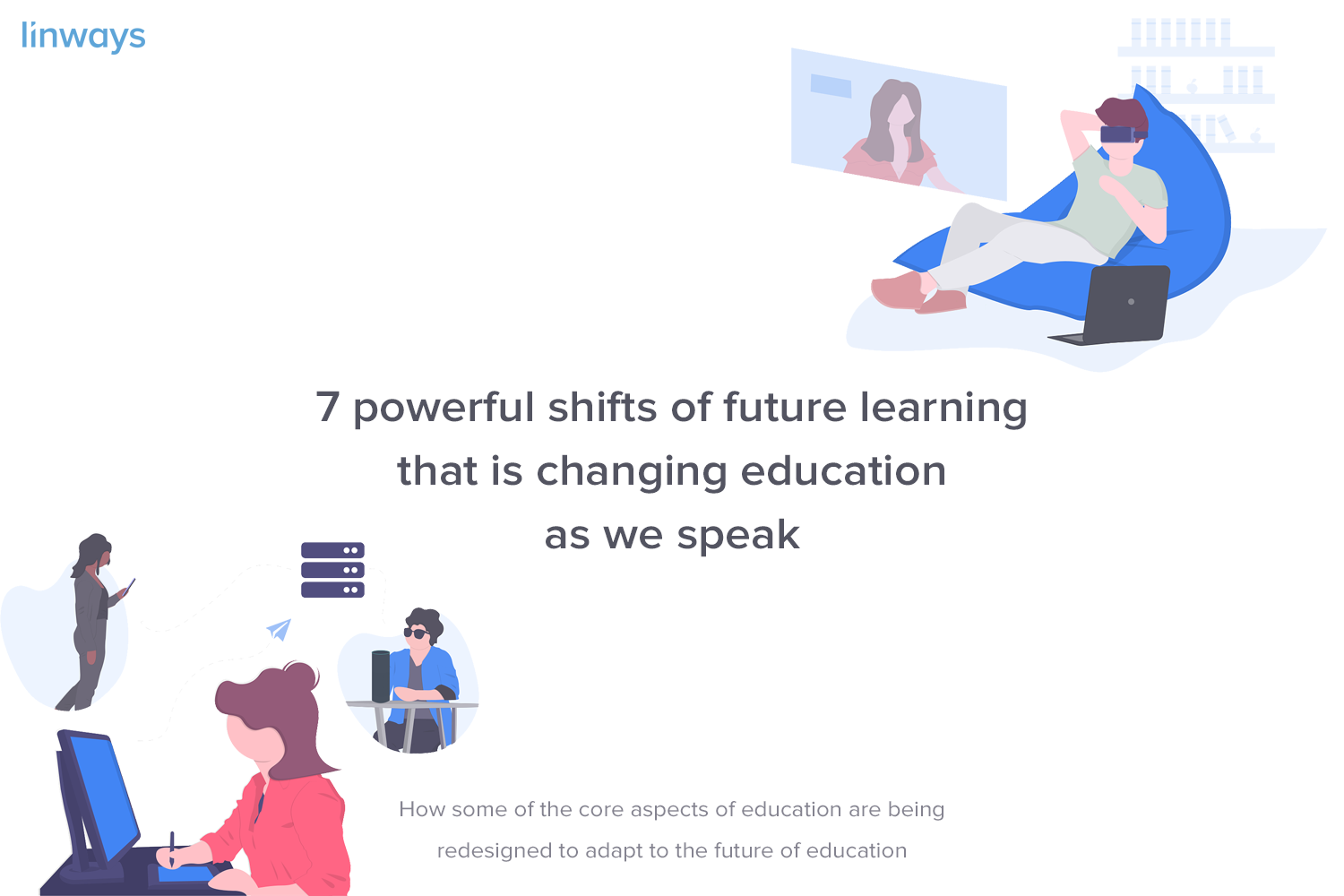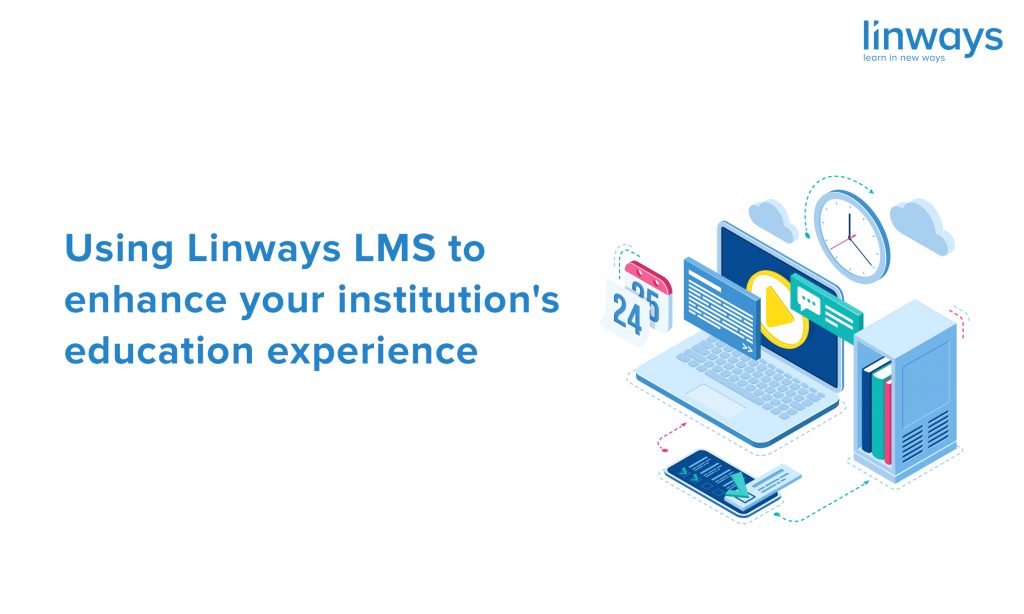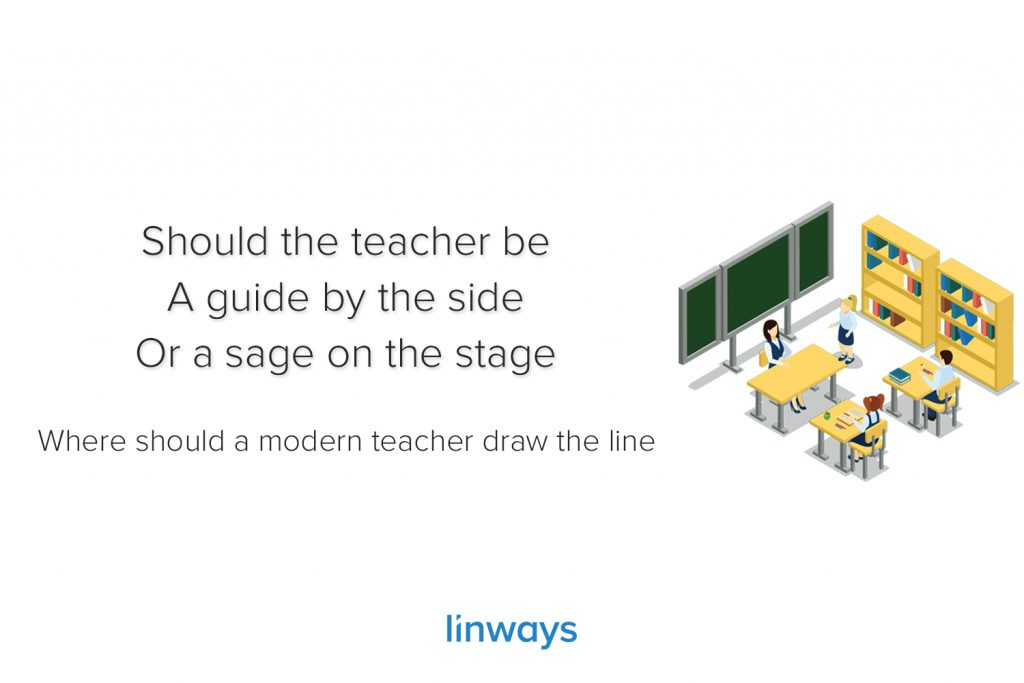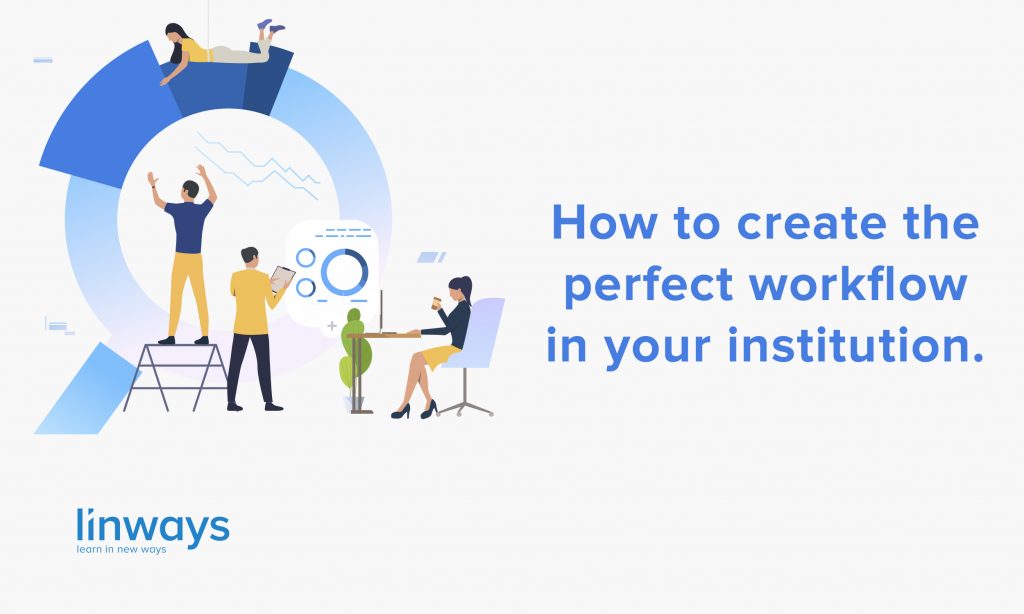
We are headed towards a future with AI powered autonomous cars and martian citizens. There are enough buzz created on the ‘internet of things’ too. But like every other trends and trendsetters, there are a lot of speculations on these technologies that should drastically improve our lives in the future. So for today, let’s talk about the future of education, because we believe that the future of learning holds many surprises and trends that we may not even have thought of nearly a decade earlier.
Education is one of the key areas that would deeply influence how we choose to build our future world. To address the imminent threat of global framing and the ethical dilemma of driver-less cars, our schools and colleges must teach and mentor the next generation and prepare them for a world which we hardly have any experience in.
If you are a teacher, there’s a chance that you might view these trends as concerning and maybe even a bit burdening. But be afraid not because that is not true. It may be so that your role as a teacher inside a classroom may diversify or shift from being someone who delivers the curriculum to a mentor who manages and supports the students while also assessing them for performance results. It’s should actually be better because most of your tasks will be either automated or largely simplified with the help of technology. These shifts should also act collectively to take away the workload because instead of curriculum and assessments, the learner becomes the central figure.
In this blog, we are discussing 7 shifts in education that is changing the way we learn. So without further adieu, let get straight into it.
Here are the 7 major shifts we greatly look forward to in the future of learning:
- The shift towards Learner centric education
- Shifting towards digitalisation & research
- Shift to create of new routines from new norms
- Shift towards technology assisted teaching-learning
- Shift towards feedback and clarity
- Shift from collectivism to connectivism
- Shift from classrooms to learning spaces
The shift towards Learner centric education
We have written a blog about student centred education previously, but to summarise, it focuses on what the student should learn, how to measure that he/she has learned it, and has how to adapt using the feedback to improve the assessment results.
Apart from many of the world’s leading education experts, certification and accreditation agencies are also relying more on this outcome based model to ensure that the student gets quality education and is well prepared for the outside world. We can also expect to see better workflows and tools like VR and AR playing their part to implement learner centric education in classrooms.
Shifting towards digitalisation & research
This of course goes without saying. Classrooms are already being equipped with better technologies and tools like smart boards and monitors and internet access. Nonetheless, this trend is here to stay and education will more on technology for assist and standardised quality assurance practises. Furthermore, digital literacy is a must-have in even today’s world, and it’s only reasonable and logical to educate and familiarise the younger generation with technology responsibility for tomorrow.
Unprompted learning as in research related to the curriculum will also become a major influence in defining tomorrow’s outcomes and goals in education. Students and teachers will be encouraged to pursue research and gather new information to keep up with the rapidly advancing sciences. Proper technological literacy in education and bringing the internet into classrooms would help boost this research mindset, and would help rise the standards with a wider resource base.
Shift to create of new routines from new norms
With the introduction of quality assurance practices and norms, theories and frameworks such as the Outcomes-Based Education, bloom’s taxonomy etc. will most likely become regulars in education. Setting goals and measuring their achievement will become part of everyday classroom traits and students will get accustomed to defining, and measuring the attainment of, outcomes that helps assure quality in education and provide us insightful feedback.
Shift towards technology assisted teaching-learning
There are a number of creative ways we could use technology to improve the way we teach and learn. With the rising focus on the long existed learner centric model, we may see the use of Virtual Reality (VR) and Augmented Reality (AR) in classrooms for delivering personalised content and curriculum. The students will get more care this way because personalised learning should help nurture individual growth and better results with minimum pressure.
Platforms like the Learning Management Systems and Academic Management Systems will also become a common tool in classrooms to help teachers and stakeholders to have a better information and control to ensure best results. So in a manner, teachers can collect relevant and supporting information from the internet in real time for assistance and collaboration among students and teachers would improve.
Shift towards feedback and clarity
Along with technology and needs of the society, the students are changing too. The learners of today and tomorrow has new needs and requirements that are firmly rooted in the world they live in; not the one we were in when we created the curriculum. So they demand to have a say in what they are taught.
Consulting with students, parents, industry experts, and academicians to create curriculum and teaching-learning frameworks are also catching up and will likely influence more in shaping the classroom environment more in the years to come.
Shift from collectivism to connectivism
In world of social media and smartphones, individualism is held highly and should be accounted for. We are all connected, but students also like to be treated as an individual. So instead of standardising over the whole batch, learning becomes more student friendly and takes their individual skills and interests into account. The teachers will become more connected with their students this way and each student shall have more attention to improve their performance.
Similarly, building communities and connections with peers might help students to collaborate and induce further learning behaviour. Such communities will also have a major influence in shaping new learning methods and growth of online learning as we are already witnessing in Quora, EdX, Khan academy etc.
Shift from classrooms to learning spaces
Classrooms should not be limited to learning and learning should not certainly be limited inside classrooms. As we are better equipped and becomes more connected with access to resources, individual interests can be nurtured and learning pace becomes objective. Students who likes a particular subject can learn more on it in their classrooms while their classmates catch up.
There’s also a high probability that classrooms might become obsolete altogether. Virtual classrooms may take over, and students will be able to learn at their own pace in the comfort of the place they choose. They can consume the curriculum as in blended learning model with newer technologies like the VR or AR headset. Teachers can record and upload their lectures and can spend more time interacting with the students to help improve their performance and thus raising the overall quality.
Obviously, some of these shifts may look a bit more far-fetched that others, and maybe some of these will take more time to gather the mainstream attention. At this point, we are already seeing some of these happening in real-life, and it only get us more excited to see what the future await for our education sector.
We are sure that you will also have something to say about these. Let us know what your opinions are about these shifts and share your thoughts in the comments. Also be sure to subscribe if you haven’t already to keep updated on more news and updated on education, technology, learning theories etc.





3 Comments